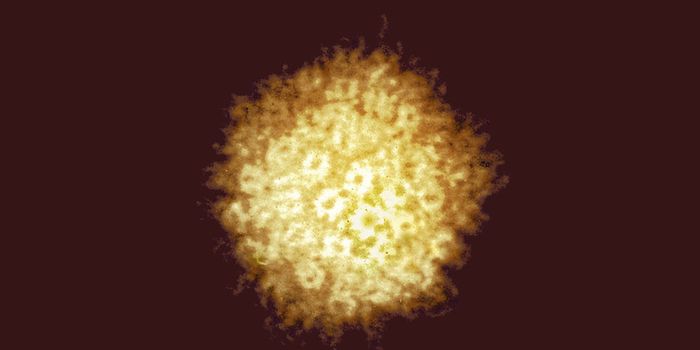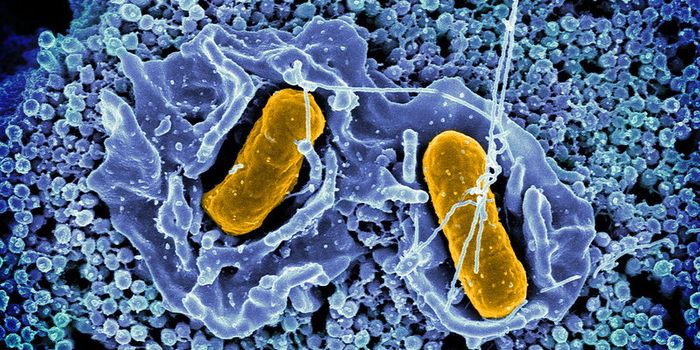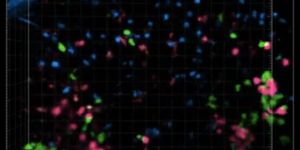The Beginnings of a Protein Are Captured in 3D
There are many genes in the DNA that gives rise to an organism, and genes that code for protein are a critical part of this system. Genes have to be first transcribed into messenger RNA (mRNA), which is then processed before being translated into protein. Researchers have now learned more about the cellular complex that searches an mRNA molecule for the place where it's supposed to start translating the mRNA into a protein. The findings have been reported in Science.
"This structure transforms what we know about translation initiation in human cells and there has been a tremendous excitement from people in the field," said the corresponding study author Christopher Fraser, professor of molecular and cellular biology at the University of California, Davis.
Most cells carry a copy of the genome and the proteins that each cell transcribes give rise to its identity and functions. The expression of protein-coding genes has to be carefully orchestrated and is controlled by many different factors. One of those involves regulating the initiation of translation, where a cellular machine called a ribosome links to an mRNA molecule. A deep understanding of this process has been hampered because the structures of these complexes are not well understood. Serious dysfunction, including cancer, can arise when it goes wrong.
In this work, researchers from UC Davis worked with scientists at the MRC Laboratory of Molecular Biology in Cambridge, U.K. to visualize the structure of the complex. They combined an mRNA that lacked a signal for starting translation, the sequence that tells the ribosome where to begin making protein. Thus, the complex simply continued to scan the mRNA molecule looking for the start codon.
Cryoelectron microscopy was utilized to generate an atomic-level, three-dimensional structure of the complex with the trapped mRNA. These complexes are so small, about 3,000 of them would be needed to span the width of a human hair.
This structure enabled the researchers to propose a model of the mRNA slotted into a ribosomal subunit's channel, as well as a mechanism that describes how the mRNA moves through the ribosome as it is scanned for the start site, like film through a projector.
The work showed that for most mRNAs, the start codon has to be far enough from the end of the mRNA molecule in order for it to get scanned. The researchers confirmed this finding using biochemical techniques and mass spectrometry.
Sources: AAAS/Eurekalert! Via University of California Davis, Science








